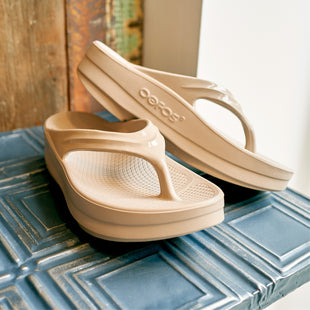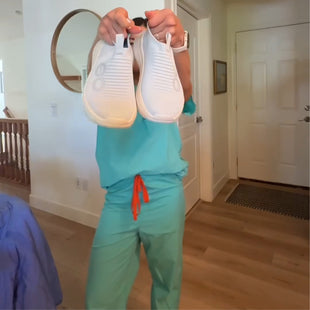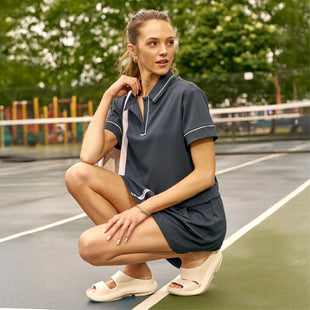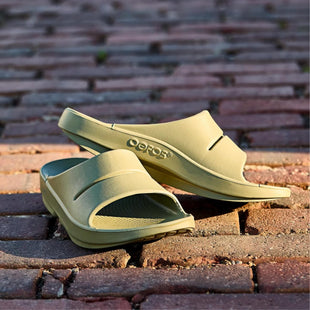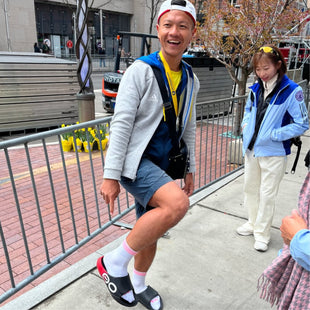"Getting guys moving in an altered weighted environment helps with blood flow and feeds much needed ROM (range of motion) to joints. Time and time again, I hear athletes around me saying, "my hips feel better when I put these [ OOFOS ] on after training, my feet feel better, and my knees feel better." – David Strickland, noted Athletic Trainer for professional athletes participating in contact sports.
In what direction do you see sports recovery going from where it may have been 5-8 years ago?
The most significant change that I see is athletes taking more ownership in their recovery. The educational component that athletes are taking advantage of seems to be at an all-time high. With sleep, nutrition, and the different recovery modalities that are available, players are taking advantage of some part of the recovery menu. So with OOFOS, I see them providing a better feel to athletes, and it seems as though this product makes it easier for the athlete to interact with gravity. And there are damaging and chronic effects related to gravity.
Have you seen any changes in the daily training of athletes that reflect an increased emphasis on the recovery of the lower limbs and feet for sport?
I have seen a more systematic approach to player on-ground training. Cross-training within systems, mixing up in-line loading, and change of direction days. With the addition of GPS in practice and games, training has become more focused and specific, allowing for proper recovery in response to appropriate exercise dosing
What are your "go-to" methods for helping athletes to recover the lower limbs and feet?
"We like active recovery as well as passive recovery. Getting guys moving in an altered weighted environment helps with blood flow and feeds much needed ROM (range of motion) to joints. Time and time again, I hear athletes around me saying, "my hips feel better when I put these [ OOFOS ] on after training, my feet feel better, and my knees feel better."
Train athletes smarter, not harder. Find the minimum effective dose for anything that you are trying to accomplish. Overtraining doesn't help the coach or clinician; it notably does not support the athlete. It has a multitude of adverse physiological and psychological effects. Allowing for proper recovery within and between sessions enables your player to adequately express him/herself and decreases the risk of injury brought on by training errors.


